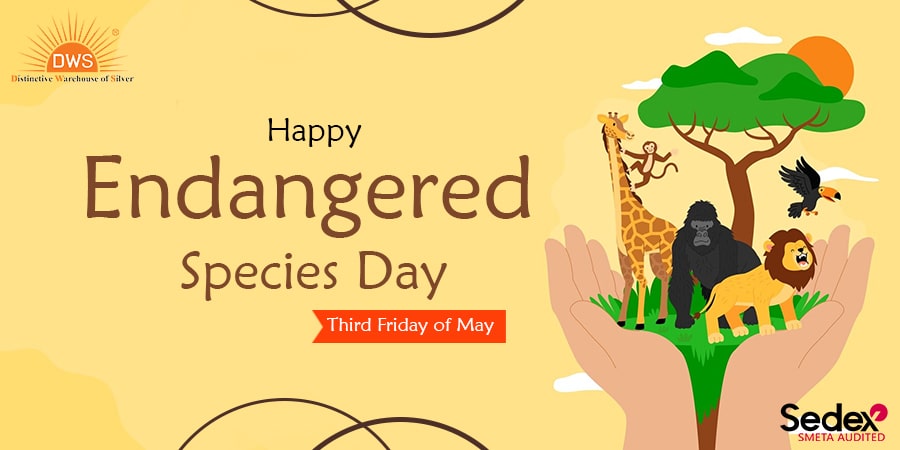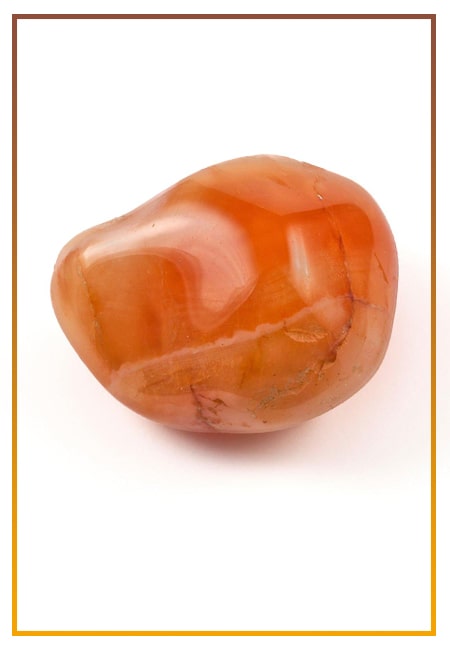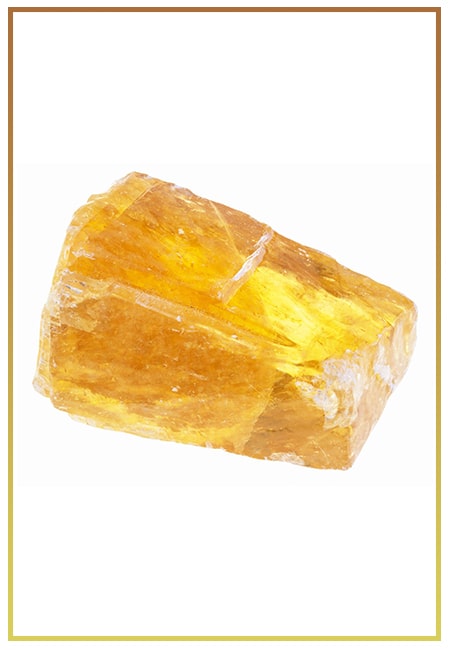- Written By Team DWS
- Festivals
- May 06, 2025
Endangered Species Day: A Call to Action for Wildlife Conservation
Every year, the third Friday of May marks Endangered Species Day, a pivotal occasion dedicated to raising awareness about the plight of endangered species across the globe. This day serves not only as a reminder of the many species on the brink of extinction but also as a call to action, urging individuals and communities to engage in wildlife conservation efforts. With species disappearing at an alarming rate, it is imperative that we take concrete steps to protect our planet’s biodiversity.

Understanding Endangered Species
An endangered species is defined as a species that is at risk of extinction due to various factors such as habitat loss, climate change, poaching, pollution, and invasive species. According to the International Union for Conservation of Nature (IUCN), over 28,000 species are currently classified as endangered. This includes iconic animals such as the Amur leopard, the Sumatran orangutan, and the Vaquita porpoise, as well as countless lesser-known species that play crucial roles in their ecosystems.
The loss of biodiversity affects all life on Earth, including humans. A decline in species can disrupt food chains, diminish ecosystem resilience, and decrease our planet’s ability to provide vital services such as clean air, water, and fertile soil. Protecting endangered species isn’t just about saving animals; it’s about safeguarding the entire web of life that is essential for our survival.
Why We Must Act Now
The urgency for action cannot be overstated. According to scientists, we are currently experiencing a “sixth mass extinction,” with species vanishing at rates that are 100 to 1,000 times faster than the natural background rate. This crisis is driven primarily by human activities, making our collective responsibility to act even more pressing.
Endangered Species Day encourages individuals and organizations to reflect on the impact of their actions on wildlife. Whether through habitat destruction from urbanization, deforestation, or pollution, our lifestyle choices have far-reaching consequences. Conversely, conscious efforts to support conservation can yield positive results. For example, initiatives such as reforestation, habitat restoration, and sustainable agriculture can help revitalize ecosystems and protect the species that inhabit them.
How You Can Make a Difference
- Educate Yourself and Others: Knowledge is power. Take the time to learn about the species in your local area and those that are globally recognized as endangered. Share this information with friends, family, and your community. Host discussions or social media campaigns to promote awareness.
- Support Conservation Organizations: Many nonprofits and organizations are dedicated to protecting endangered species and their habitats. Consider donating or volunteering your time to these organizations, which often rely on grassroots support to fund their initiatives. Look for local wildlife reserves, rehabilitation centers, or international conservation groups that resonate with your values.
- Advocate for Policy Change: Your voice matters in advocating for policies that protect endangered species. Contact your local representatives to express your concerns about wildlife conservation and encourage them to support protective legislation and funding for conservation programs. Participate in campaigns and petitions that align with these efforts.
- Reduce Your Ecological Footprint: Simple lifestyle choices can have significant impacts on wildlife. Reduce your consumption, recycle materials, and make sustainable choices when it comes to products you buy. Consider adopting a more plant-based diet, as livestock farming is one of the leading causes of deforestation and habitat destruction.
- Participate in Citizen Science: Numerous projects allow individuals to contribute to scientific studies on wildlife and conservation. Engage in citizen science projects in your area that involve monitoring local species, such as bird counts or wildlife trails. This not only helps researchers gather valuable data but fosters a deeper connection with nature.
- Support Sustainable Tourism: If you travel, choose ecotourism options that prioritize sustainable practices and contribute to local conservation efforts. By participating in responsible tourism, you can support communities while helping to protect their wildlife.
A Collective Responsibility
Endangered Species Day serves as a potent reminder that protecting our planet's wildlife is a collective responsibility. Each one of us plays a role, and together our actions can lead to significant change. As we reflect on the beauty and diversity of life that surrounds us, let’s commit to ensuring that future generations inherit a world rich in wildlife and biodiversity.
With the urgency of the current environmental crisis, it’s not enough to be passive observers. We must be active participants in the movement for wildlife conservation. Join the conversation, spread the word, and take action today—for the endangered species that may not have a voice, yours is crucial in keeping hope alive. Let’s make every day a day for endangered species, united in our commitment to the planet and its extraordinary inhabitants.

Endangered Species Day FAQs: Understanding the Importance of Conservation and Protection
Certainly! Here’s a sample FAQ section for Endangered Species Day:
1. What is Endangered Species Day?
Endangered Species Day is an annual event observed on the third Friday in May to raise awareness about the plight of endangered species and the importance of conservation efforts. It aims to educate the public about the various species that are at risk of extinction and encourage action to protect them.
2. When is Endangered Species Day celebrated?
Endangered Species Day is celebrated on the third Friday of May each year. The date can vary, so it’s important to check the calendar for the specific day.
3. Why is Endangered Species Day important?
This day serves to highlight the urgent need to protect endangered species and their habitats. It promotes education and activism, encouraging individuals and communities to take steps toward conservation, habitat restoration, and responsible environmental stewardship.
4. What is considered an endangered species?
An endangered species is one that faces a threat of extinction in all or a large part of its habitat. Factors such as habitat loss, climate change, pollution, poaching, and invasive species contribute to the endangerment of these species.
5. How can I participate in Endangered Species Day?
You can participate in several ways:
- Educate yourself and others about endangered species.
- Volunteer with local conservation organizations.
- Attend or organize events such as lectures, workshops, or clean-up activities.
- Advocate for policies that protect endangered species and their habitats.
- Support wildlife conservation organizations through donations or fundraising.
6. Are there any specific events held on Endangered Species Day?
Many organizations and communities host events such as educational programs, wildlife tours, habitat restoration projects, and virtual seminars. Check with local conservation groups, zoos, or wildlife reserves for events in your area.
7. Can schools participate in Endangered Species Day?
Absolutely! Schools are encouraged to participate by incorporating activities and lessons focused on endangered species into their curriculum. This may include art projects, research presentations, or field trips to local nature reserves.
8. What are some examples of endangered species?
Examples of endangered species include the Amur leopard, sea turtles, the Bengal tiger, the California condor, and the Javan rhinoceros. The list of endangered species is maintained by various organizations, including the International Union for Conservation of Nature (IUCN) and the U.S. Fish and Wildlife Service.
9. What can individuals do to help endangered species throughout the year?
Individuals can take a variety of actions such as:
- Reducing plastic use to help decrease pollution in oceans and waterways.
- Supporting sustainable products and companies that prioritize environmental responsibility.
- Advocating for legislation that protects wildlife and natural habitats.
- Participating in or donating to conservation programs.
10. Where can I find more information about endangered species and conservation efforts?
You can find more information through various resources such as:
- The U.S. Fish and Wildlife Service [website: https://www.fws.gov]
- The World Wildlife Fund [website: https://www.worldwildlife.org]
- The International Union for Conservation of Nature [website: https://www.iucn.org]
Feel free to modify or expand upon these FAQs based on your specific needs or focus areas!
Popular on Blogs

Black Tourmaline: Meaning, Healing Properties, Fascinating Facts, Powerful Attributes, Versatile Uses, and Beyond
September 05, 2023 / BY Team DWS
Black Tourmaline, also known as Schorl, is a highly revered crystal with incredible metaphysical properties. It derives its name from the Dutch word "turamali," meaning "stone with ..

Carnelian Stone: Meaning, Healing Properties, Power, Facts, Color, Uses and More
December 26, 2023 / BY Team DWS
Carnelian is a vibrant and captivating gemstone that holds a plethora of meanings, healing properties, and powers. Its warm and fiery energy makes it a popular choice among crystal ..

Citrine: Exploring its Meaning, Healing Properties, Fascinating Facts, Powers, Versatile Uses, and Much More
November 18, 2023 / BY Team DWS
Citrine, with its warm golden hues, has captured the attention and imagination of people for centuries. This beautiful gemstone, commonly associated with wealth and prosperity, hol ..

Black Onyx: Unveiling the Meaning, Healing Properties, Fascinating Facts, Powerful Attributes, Versatile Uses, and Beyond
July 25, 2023 / BY Team DWS
Black Onyx, a striking gemstone admired for its deep black hue and elegant appearance, has captivated people for centuries. In this comprehensive guide, we will delve into the mean ..

Unveiling the Mysteries of Turquoise Stone: Exploring its Meaning, Healing Properties, Power, Facts, Color, Uses, and More
December 05, 2023 / BY Team DWS
Turquoise, with its captivating blue-green hue, has been adorning jewelry and artifacts for centuries. This striking stone has a rich history, rich symbolism, and a plethora of int ..

The History Behind The Popularity of Red Agate
December 23, 2022 / BY Team DWS
An Agate is a type of magma rock that takes many years till it is washed out naturally into the water. And that is the reason this stone has elements of water. This beautiful stone ..

Bloodstone: Unveiling the Meaning, Healing Properties, Facts, Powers, Uses, and More
August 21, 2023 / BY Team DWS
Bloodstone, with its captivating deep green color with specks of red, is a mesmerizing gemstone that has fascinated civilizations for centuries. It possesses unique healing propert ..

Plan a Perfect Valentine's Week with Our Valentine Week List 2025
January 22, 2024 / BY Team DWS
Valentine's Day is undoubtedly the most romantic day of the year, but we believe that one day is just not enough to express your love and make your partner feel special. That's why ..


